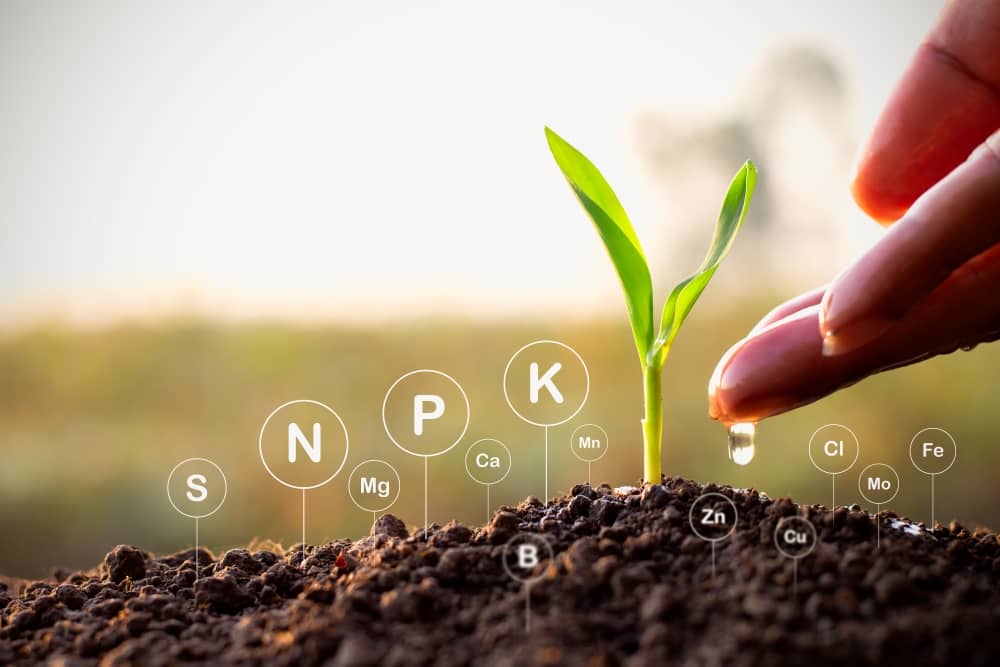Dry Weather Leading to Skewed Soil Sample Readings
According to the National Oceanic and Atmospheric Administration, or NOAA, the Lower 48 states had the second-driest October on record, tied with October 1963. The only one drier was October 1952. So, if you happened to take a soil sample back in October, or even in early November, the readings might be a bit skewed.
“If your levels of potassium are coming back lower than you normally see, maybe don’t trust that completely,” says agronomist Stephanie Zelinko with AgroLiquid. “Because that potassium does get trapped there in the soil, it may not actually show up on a soil test.”
Zelinko says you need to go back and look at previous soil tests to help.
“So, hopefully in the last two or three years there’s one you can kind of use as a guideline. I also go with history. You know what you normally apply for potassium, so this is not the year to probably cut back on that because it’s going to need some additional potassium, especially in areas that we pulled off extra crop than we typically do.”
She says the folks at AgroLiquid are there to help throughout the process.
“All of our sales team is trained to look at that soil test, and that’s kind of what we pride ourselves on. We like to look at that soil test to find those missing links. We do a lot of research so we know what nutrients are going to give a good return. And then we kind of marry those two together, knowing that soil test, knowing what nutrients respond well, and that helps guys spend that dollar the best possible way.”
You can learn more about what they have to offer at agroliquid.com.

